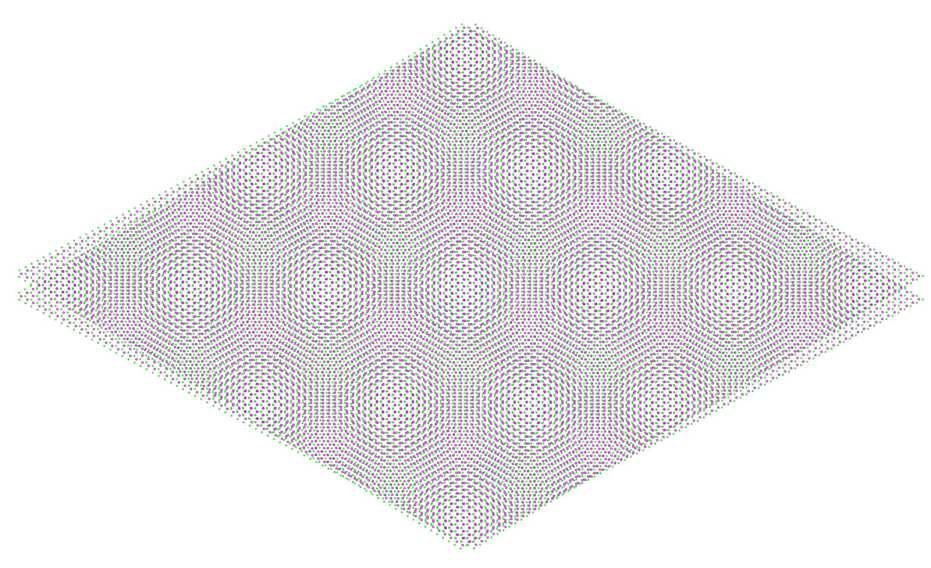Researchers from the Swiss Federal Institute of Technology in Zurich (ETH) and Lausanne (EPFL) may have succeeded in pushing the boundaries of semiconductor technology. According to a press release, they have identified a total of 13 2D materials that give Moore's law a longer period of validity. This claims that the complexity of integrated circuits will double within the space of 12, 18 or 24 months depending on the source.
With the increasing miniaturization of electronic components based on silicon (Si-FinFets), undesired quantum effects have increased, for example leakage currents. The fact that the limits of this nanotechnology are not now ultimately being reached is down to the research group headed up by Mathieu Luisier from the Institute for Integrated Systems (IIS) at ETH Zurich and Nicola Marzari and his team at EPFL.
The new study assumes that they have discovered the basis for new, tiny nanotransistors: 2D materials. It has only been known that research can produce these materials since 2018. At this time, from a total of 100,000 materials, Marzari identified 1,825 as highly promising components for 2D layers. It was only with this work that researchers became aware that they could even produce them. Luisier and his team received the Gordon Bell Prize for Supercomputing in 2019 for the simulation process on which the simulator is based.
The new research conducted by both teams builds on this study. As was the case in their previous work, on this occasion they again used the Piz Daint, one of two high-performance supercomputers in the world. This is located in the Swiss National Supercomputing Centre (CSCS) in the canton of Ticino. Among the more than 1,800 components in the first study, they looked for two-dimensional materials that in nanotransistors outperform conventional silicon-based transistors.
They discovered 13. Some of which were actually already known, although others are new, Luisier emphasizes. This could enable the continuation of Moore’s law. “We have created one of the largest databases of transistor materials”, explains the ETH professor, before adding: “With these results, we hope to motivate experimentalists working with 2D materials to exfoliate new crystals and create next-generation logic switches”.
Related news
Contact us
Can we put you in touch with a peer company or research institute? Do you need any information regarding your strategic expansion to Switzerland's technology and business center?
info@greaterzuricharea.com
